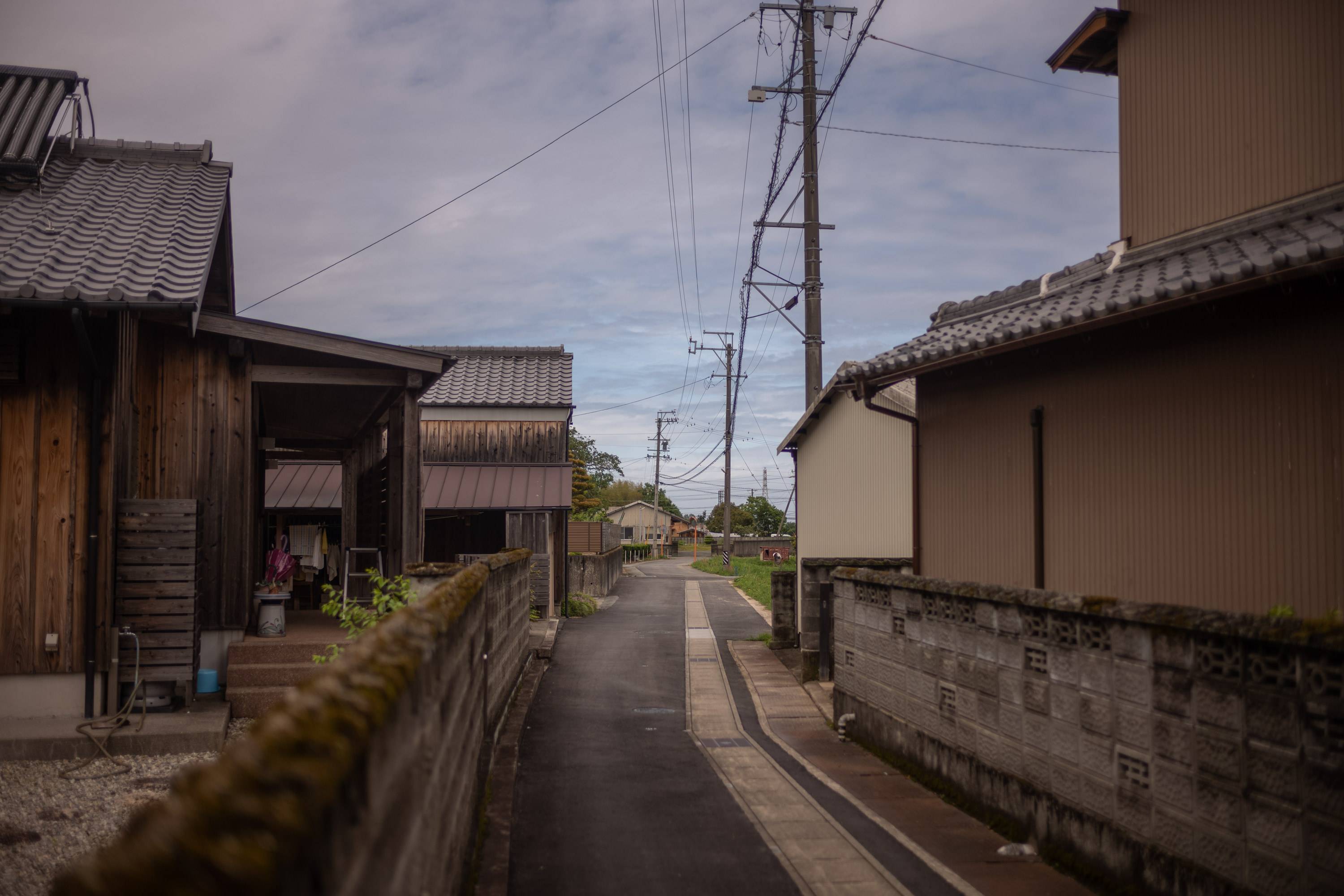“Oh, dear, it’s that Kamakura boy! Welcome, now, honey.” Kazuko Ando, the owner of Jurin Kissa near Kii-Nagashima, Mie Prefecture, has run her kissaten (or kissa, an old Japanese-style cafe) since 1978. She exudes grace, wears a head scarf and intones with the accent of the Kii Peninsula, which features a kind of sing-songy rise at the end of sentences — arigaTŌ!
I order some toast and an iced coffee and tell her I can’t stay long. She scrunches her brow and says, “Honey, I know, you never stay long.” Which is true. I’ve been to Jurin four times over the past two years, always in the middle of a big walk, and I’m shocked and delighted each time Ando remembers me. This time, it’s May 2021, and I’m walking some 435 kilometers around the peninsula, along the Ise-ji and Ohechi Kumano Kodo UNESCO World Heritage routes of Mie and Wakayama prefectures.
I ask Ando if COVID-19 has affected business much and she says, “Not at all, busy as ever,” pointing to the mostly filled booths of regulars, smoking and sipping coffee and chattering away. Jurin is one of the rare still-vibrant kissas along the coast. In part because of Ando’s ebullience, and in part because she’s near Kii-Nagashima, one of the more spirited towns.


















With your current subscription plan you can comment on stories. However, before writing your first comment, please create a display name in the Profile section of your subscriber account page.